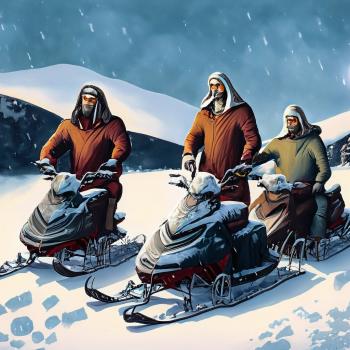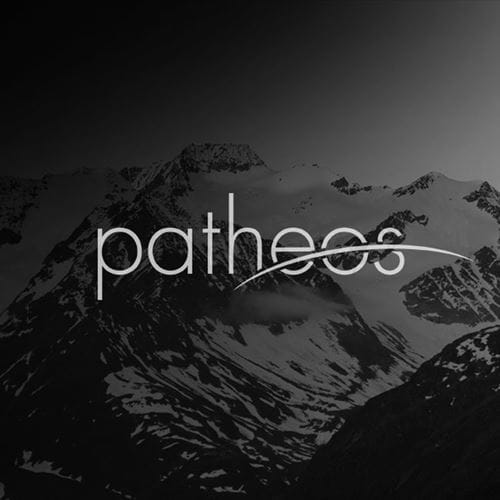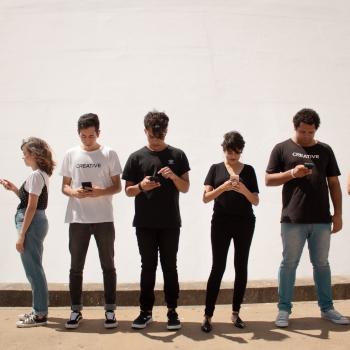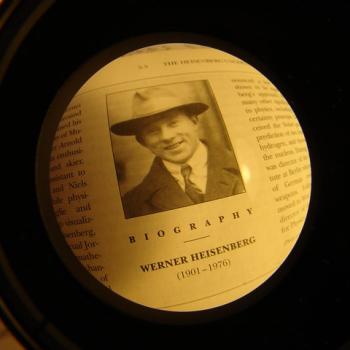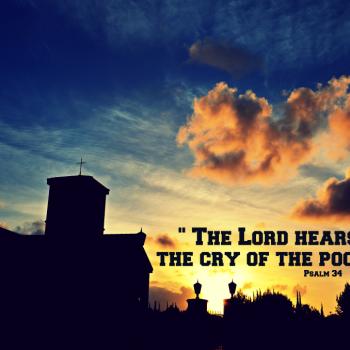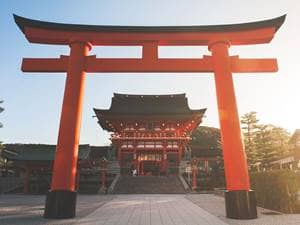
Shinto is Japan’s oldest religion—an indigenous belief system that predates Buddhism (which, itself is deeply embedded in Japanese culture and belief). Shinto is a living religion, practiced by many Japanese, often in combination with Buddhism. Shinto is an animist religion, which means that every object has a resident spirit. These spirits are called kami, and they are worshipped, appeased, and shone great respect so as to ensure their blessings, and ward of their punishment. The word Shinto actually means “the way of the kami.”
Shinto’s origins predate written history, and it has no record of a founder or beginning. It began to be called Shinto around the 6th century as a way to distinguish it from the teachings of Buddhism, which had been brought into the country around A.D. 552. Most Japanese merged many of the teachings and practices of Buddhism with their Shinto beliefs. They also incorporated hierarchical elements of Confucianism into this syncretic faith system.
Unlike Buddhism (or any of the western religions), Shinto has no canonical texts, no concern for the next life, and no absolute doctrines. It is built around the shared worship of the kami as divinities who may influence human life; and the reverencing of Japan—its history, people and culture—which are held to divine in their origins. Since humans may become kami upon death, ancestors are also revered. For most practitioners of Shinto, Amaterasu-Ōmikami, known as the Sun Goddess, is the most important kami and often called the founder of the Japanese people. While Shinto does not have scriptures that serve as the source of religious belief, they do have several texts that incorporate the traditions and lore of Shinto history and religious practice. The Records of Ancient Matters and the Chronicles of Japan, both written in the 8th century, tell of Amaterasu-Ōmikami’s origins and adventures.
Once Buddhism began to merge with Shinto (in Japan), the most ancient forms of Shinto began to disappear. As the Japanese people began to encounter western cultures, they also began to recover Shinto as a nationalist expression of belief and practice and, in 1890, Shinto was named the official religion of the country. Shinto has many expression or denominations, two of which are State Shinto and Sect Shinto. State Shinto became associated with the imperial government, and the emperor, who was held to be a descendant of Amaterasu-Ōmikami and, thus, he was recognized as a divine figure—a descendant of the gods. In many ways, State Shinto is akin to Japanese patriotism. Sect Shinto, on the other hand, relied on individual practices and sectarian interpretations, and functioned more like a structured, organized religion. State Shinto was disconnected from its political status after World War II, and the emperor at that time disavowed his personal divinity.
Today, Shinto thrives in more than a dozen sects and minor groupings. These emphasize different aspects of the ancient religion, such as healing, personal purity, worship of nature, rituals of thanksgiving, and more. Many family homes have a Shinto shrine (or kamidana) which the devout may visit daily (or even more frequently) to make offerings which will appease the kami and, thereby, protect the individual, the family, the community, or even the nation. Partitioners of Shinto celebrate fall annual festivals, known as matsuri, in which parades are held and special prayers and purification rituals are engaged in. These are thought to please the kami and protect those who participate. The primary concern is to ward off evil and obtain blessings, and this is accomplished through remaining pure, and doing things which will make the kami happy.
3/10/2023 5:33:36 PM


